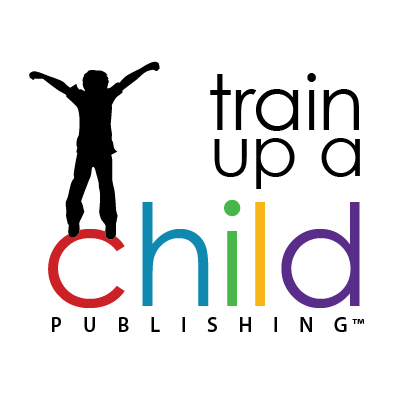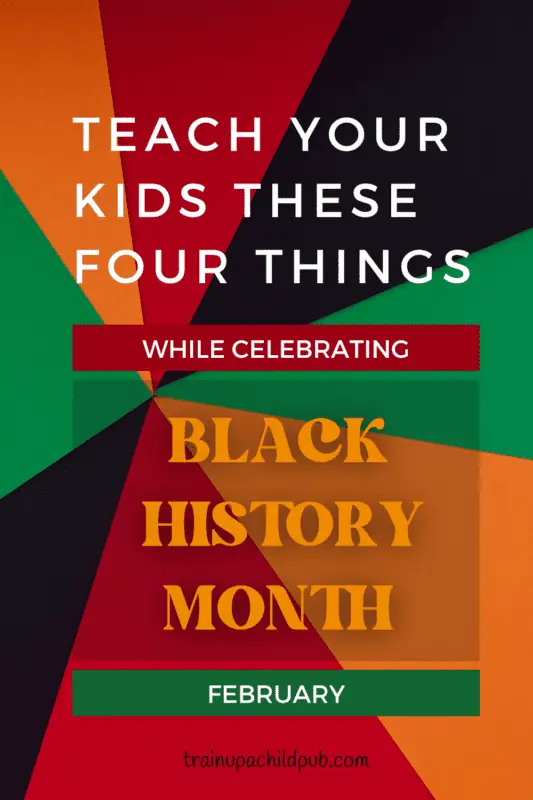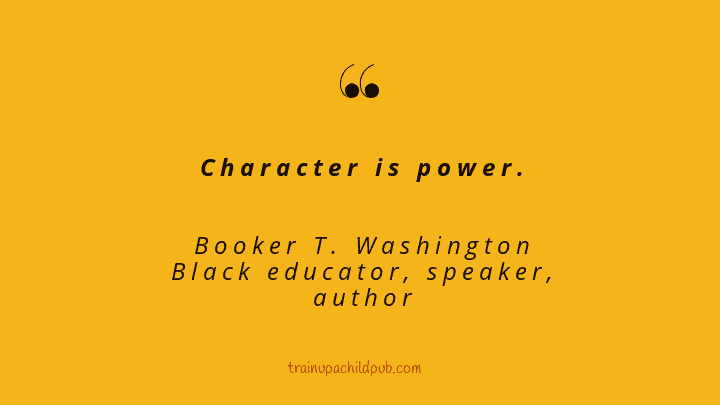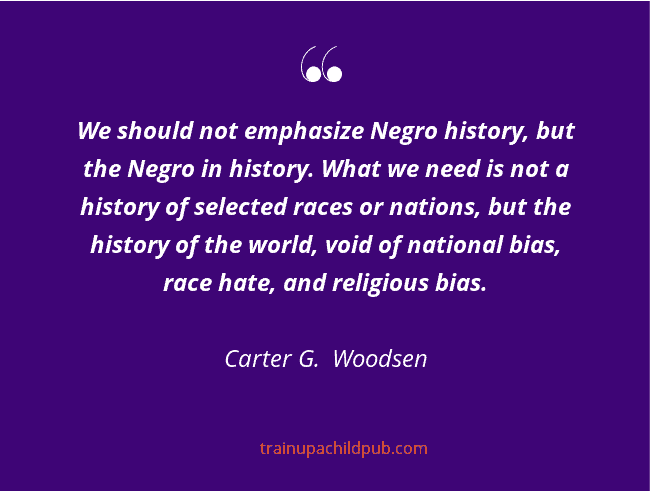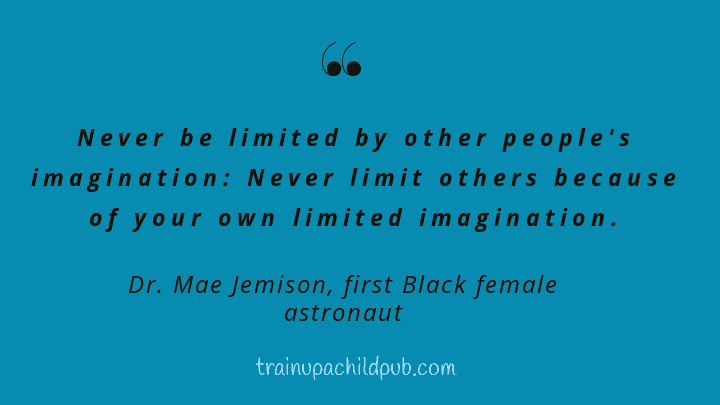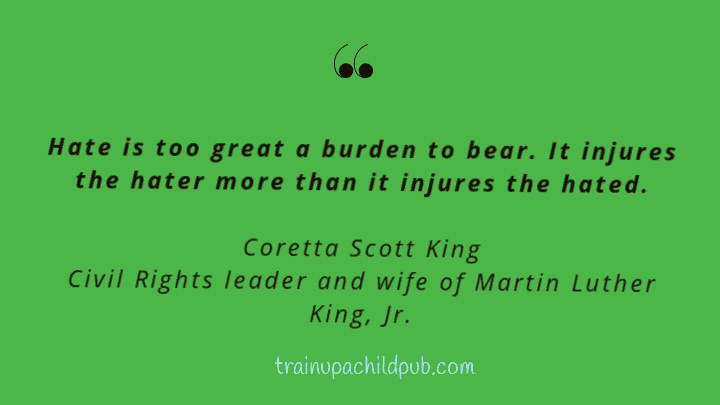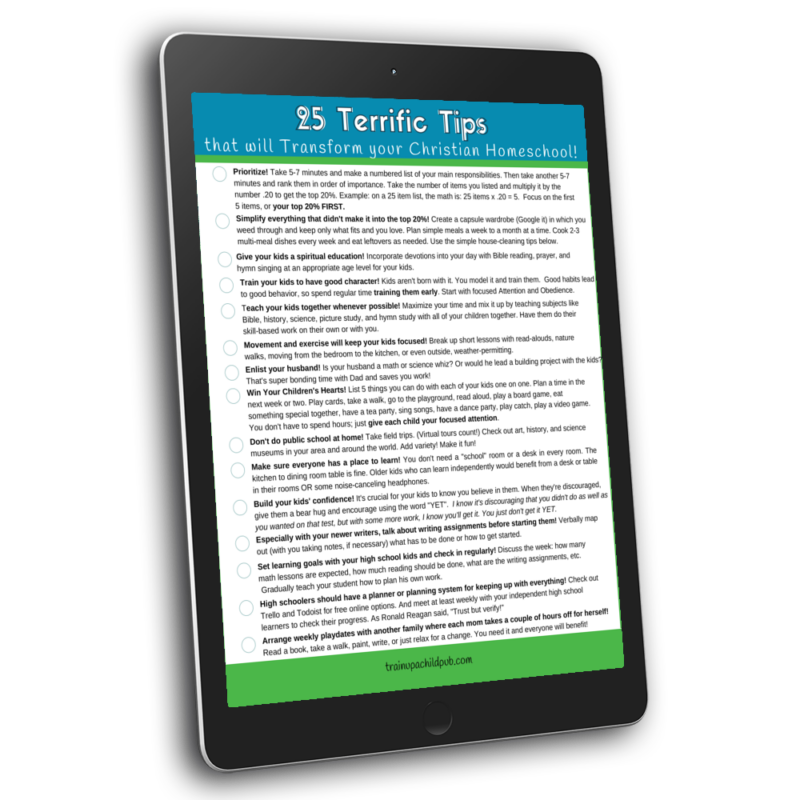How to share Black History Month with Kids

Wondering how to share Black History month with your kids? I’ve got you!
Below you’ll learn:
- the origin of Black History month
- where we observe it
- why it’s in February
- why we celebrate it
You’ll also find out about Black History Month activities for your kids. And, If you’re looking for some great reads for this month, click the link later in this post to take you to Black History Books. to find just what to look for at Amazon.com (affiliate links) or from your public library.
Additionally, you’ll want to keep reading to learn how to homeschool history with a more balanced and accurate approach than we, as part of western culture, have studied history in the past. As I’m sure you know, Blacks and other races have been tragically underrepresented in our history books.
And shouldn’t we be teaching the truth if we are committed to bringing our kids’ homeschool education to life?
I think so!
So you’ll also find a mini-lesson about how to study historical events accurately. Along with a couple of other resources.
Teach your kids how Black History Month began.
The forerunner of Black History month was”Negro History Week,” the brainchild of Carter G. Woodson and associates in the early 1900s. Dr. Woodson is often considered “The Father of Black History.” He was one of nine children, born of former slaves, and he was born poor. He didn’t even get a chance to start high school until he was 20. And then, only after he finished his workday. But this ambitious and gifted man didn’t stop with high school; he also earned two bachelor’s degrees, one Master’s, and a Ph.D. from Harvard. Dr. Woodson became a historian. And as he studied, he became more and more frustrated that blacks were vastly underrepresented in our history books.
To combat this underrepresentation, Dr. Woodson created Negro History Week. He chose a week with two birthdays that the black community already celebrated: President Abraham Lincoln’s on Feb. 12th and the famous abolitionist Frederick Douglass’ on February 14th. Dr. Woodson probably reasoned that using the week that those two birthdays fell every year for Negro History Week would bring more focused attention to black history in general. So the second week in February became known as “Negro History Week.”
Although adopted by several school systems and municipalities in the U.S., it was for many decades that President Gerald Ford decreed Black History Month as a national holiday in 1976, our bicentennial year.
You may not know that other countries observe Black History Month, but they do, even though it originated here. Canada, Ireland, the Netherlands, and the United Kingdom also recognize Black History Month in October instead of February.
Focus on Black history during February.
And here are some activities and resources that will help:
- Add books to your home libraries about black inventors, singers, architects, athletes, our former President, scientists, builders, and so on. Here are some of my favorite books for kids that honor Blacks. These books are suitable for early elementary through high school students.
- Your kids can use these (aff link) pre-made notebooking pages to take notes about specific people they read about during Black History Month.
- Have your children each choose one person from your reading. Depending on their age, have them do copy work, write a paragraph or a report, present a multimedia project, create a lapbook or a graphic timeline of the life of each man or woman they chose, and present it to the family.
- If you’re using our Unit Study Tools to create your own units, make sure to choose books that include other races, especially from the black community, from our booklists.
- After your students have been reading all month, have your older children take some fun online quizzes about various topics, from entertainment to Civil Rights heroes.
- Have your kids research and find Black influencers in several of the following areas: artists, poets, athletes, musicians, singers, in government, scientists, botanists, people in history, military leaders, authors, actors, directors, mathematicians, etc. You could even announce a “category” every day and have your children find someone from that area to tell the family about the following day. (Or just have one child a day report.) Don’t forget to have them include women!
- Have your (5th grade and up) student choose a notable event in Black history and make a timeline for it.
- No matter what curriculum you’re using, make sure it includes historical events from the perspectives of more than just one culture. And if it doesn’t do a good enough job with that, here’s a treasure trove of digitized primary sources from black writers to include in your study of Black History Month. (And here’s another one with primary sources from Asia, Australia & the South Pacific, Canada & Greenland, Europe, South America, and the United States. Be sure to bookmark these links and use them to broaden your history studies in general.)
And why limit your kids’ study of black history to just one month?
Don’t celebrate Black history only in February!
Although this was certainly a step in the right direction, Dr. Woodson didn’t think we should study Black History in isolation for just one month of the year. In fact, he said:
Amen! We should study history as it happened, including all of the people involved. Rather than a revised version that highlights the accomplishments and/or minimizes the transgressions of certain groups of people, we must learn to study history from more than one viewpoint. And we need to have those hard conversations with our kids when they are needed.
Keep reading to discover how you can homeschool history more realistically and accurately.
And if everyone you read about in your history studies looks just like you, you are missing out!
How do you study history more accurately?
Realize that as homeschool moms, we have to put our “investigative goggles” on when we study history. More than at any other time in my history, at least, there are many different agendas out there screaming for attention. And as we scan the news and read about past and current events, it can be difficult to know what is true and what is not. Consequently, as a homeschool mom, you can’t take for granted that everything that you read and hear is true. More than ever, when you study history, you have to ask yourself:
-
- What actually happened?
- What were the factors that led to this event? Why did it happen?
- What were the results?
- What were the effects of this result?
- How do we know what happened?
- Who were the major people involved in the event?
- How can we learn about the event from primary sources (letters, stories, diaries, speeches) from people who experienced it firsthand? (See the links above to help you!)
- Can we also learn about the event through secondary sources (books and paintings)?
- If there are opposing sides, such as in a war, how can we find credible information representing both points of view?
What conversations do you need to have with your children about Black history and current culture?
Start talking about race early with your kids. I was raised to be “colorblind,” but as a white person, I don’t think that’s enough. We need to start early talking to our children about race. Our very young children’s books should depict children of many races, and we should talk about how God made us and that we are ALL made in His image. And it’s obvious from the Bible that He LOVES diversity.
It’s our job to educate our children, especially as they get a little older, about the realities that black and brown children face. Including what kinds of conversations black and brown parents have to have with their young children about profiling (making assumptions due to race). And how vital it is to stand up for what is right when we see anyone spreading hate through their inflammatory words or actions.
What to remember as we study history with our kids
As a Christian homeschool mom, you want to provide a solid academic education for your children and one full of Biblical truth. One that is lifegiving for your children. So we must view everything we study through the lens of Biblical Christianity. Is that contrary to Dr. Woodson’s words? No, I don’t believe so. We don’t expect everyone to share our beliefs and be just like us. What we do know is that:
- Every person is created in the image of God and precious in His sight. So all men, women, and children should be precious in ours. Therefore, everyone should be treated with dignity. Genesis 1: 36-38
- We’re to consider others more important than ourselves and be willing to listen first and then speak. Philippians 2:3, James 1:19
- We’re commanded to be kind to one another, live in peace with one another, and extend grace (forgiveness) as it has been extended by God to us. Ephesians 4:32, Romans 12:18, Colossians 3:13
We need to apply all of these principles as we study history and the people that were part of it. There’s no place for preconceived ideas about people or events. It’s tempting to believe what others say, but we must do our best to be objective and go with what the facts tell us. We must approach the past with humility, just as we approach the present as God’s plan for history unfolds.
So let Black History month be a bridge to being more inclusive and accurate in your history studies. In other words, if everyone you are learning about in history looks just like you, it’s a great time to rectify that. Check out these Black History books on Amazon or at your public library to get started!
